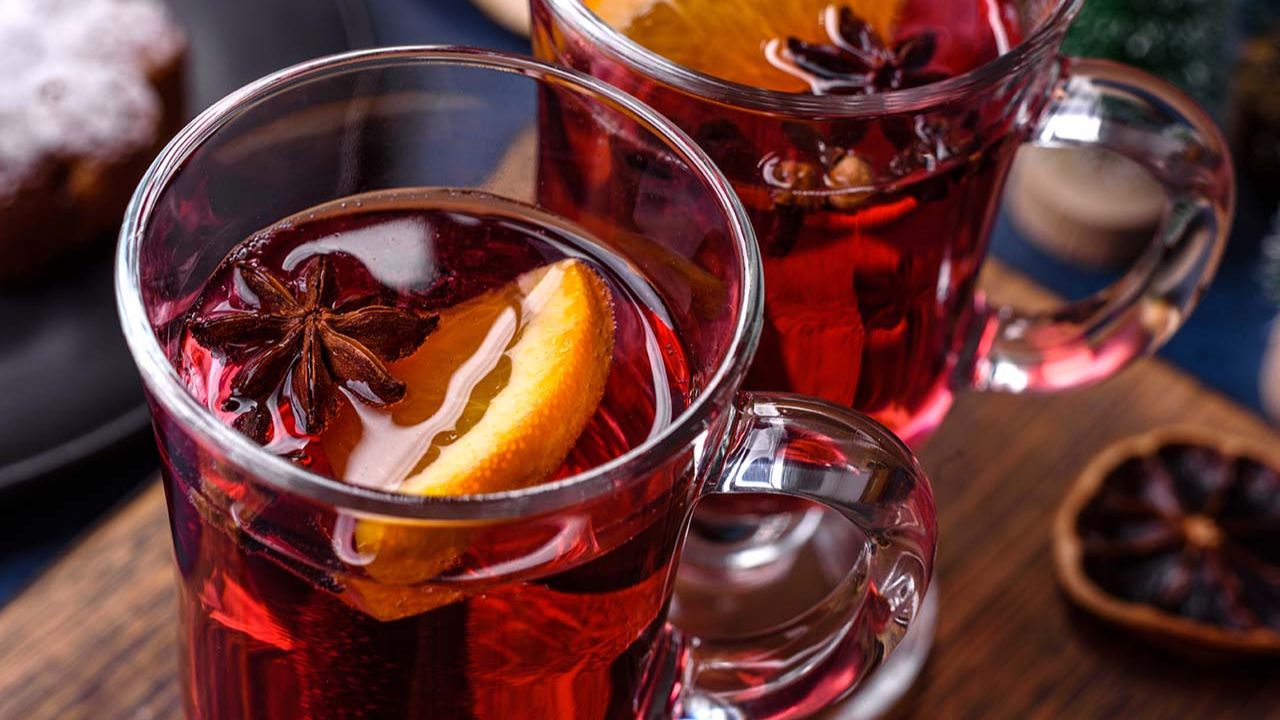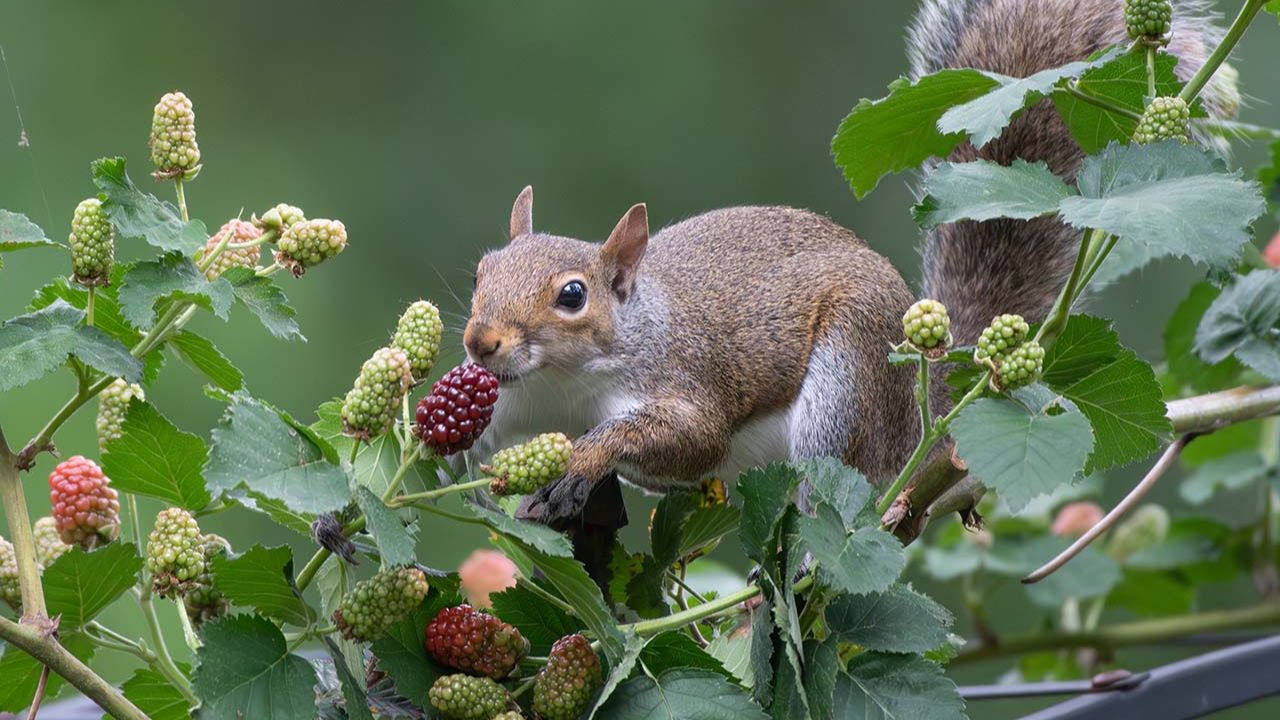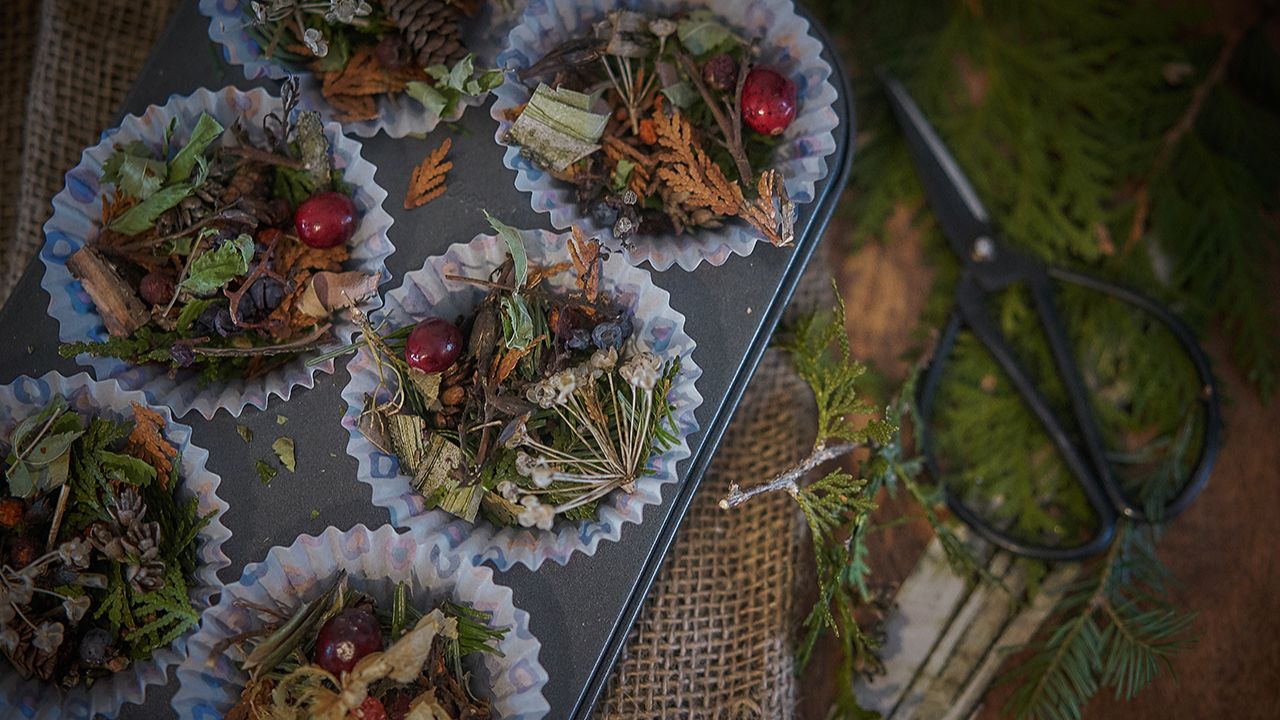
Orange Uses and Plant Profile
The oldest name we have for the orange plant traces back to the Sanskrit word naranga, which is believed to stem from the older Dravidian word naru, meaning “fragrant.” As oranges spread, passing through much of Persia, Arab-speaking nations, and parts of the Mediterranean, we can see the name brought into languages like naranja in Spanish or narancs in Hungarian.1 Well-named after the uplifting, strong fragrance of the small white flowers, orange blossoms have been used for centuries in perfumery, cuisine, and herbal healing.
While oranges are commonly grown and consumed in Western countries today, the introduction of oranges to Europe only dates back to the early 16th century where Portuguese traders brought sweet oranges from India to the region for trade and culinary use.2 In the United States, California and Florida produce the most oranges, both commercially and in public plantings, however local orange production has declined overall and the number of imported oranges has risen.3
Orange Uses and Plant Profile Summary
-
Botanical Name: Citrus × sinensis
-
Other Common Names: blood orange, clementine, mandarin, navel orange, tangerine, Valencia orange, and Cara Cara
-
Family: Rutaceae
-
Parts Used: fruit (pulp, peel, and seeds in some varieties), flower, leaves
-
Energetics: cooling, moistening
-
Taste: sweet, sour, slightly bitter (in peel and pith)
-
Plant Properties: anti-inflammatory, antimicrobial, antioxidant, demulcent, digestive, diuretic
-
Plant Uses: immune support, skin health, indigestion, bloating, constipation, cardiovascular health, respiratory support
-
Plant Preparations: infusion, decoction, juice, syrup, culinary preparations, essential oil, infused oil
Orange for Immune Support
Orange has long been a go-to supporter of the immune system, primarily due to its high vitamin C content. Vitamin C is a well-known antioxidant that helps protect the body’s cells from damage caused by free radicals, which can weaken the immune response. It also plays a key role in stimulating white blood cell production, which is essential for fighting infections. Additionally, vitamin C enhances the function of the skin as a barrier, helping to keep harmful pathogens out.
For healing at home, many folks encourage the regular consumption of oranges or their juice to shorten the duration of colds and other minor illnesses by boosting the body’s natural defenses. Beyond vitamin C, oranges contain other immune-supporting compounds, such as flavonoids, which have anti-inflammatory and antimicrobial properties. Hesperidin, a major flavonoid in oranges, helps reduce inflammation and support overall immune health. Oranges also provide essential nutrients like folate, which aids in cell division and the production of immune cells.4 Their natural hydration benefits further support immune function by keeping mucous membranes moist and helping the body flush out toxins.5,6,7 Eating whole oranges or drinking freshly squeezed orange juice in moderation can provide these immune-boosting benefits, and bitter orange peel has demulcent properties.8,9 However, consuming too much citrus, especially juice, may cause irritation in some individuals, particularly those with acid reflux or sensitive stomachs. As with any natural remedy, balance is key to gaining the benefits of oranges without unwanted side effects.

Immunity-Boosting Citrus Juice Recipe
This refreshing citrus juice is packed with vitamin C and natural electrolytes to give your immune system a tasty boost.
Ingredients
- 4 medium to large oranges
- 1 lemon
- 2 limes
- ½ cup water (adjust to taste)
- Optional: a pinch of sea salt
- Optional: 1–2 teaspoons agave syrup or 1–2 teaspoons raw honey
Instructions
- Roll each fruit firmly on a countertop to help release the juices.
- Cut the oranges, lemon, and limes in half and extract the juice using a citrus juicer or by hand-squeezing.
- Strain the juice if you have a preference to remove the pulp.
- Pour the fresh citrus juice into a 16 oz glass or jar.
- Add water and stir to combine, adjusting the amount based on taste preference.
- If using a sweetener, agave syrup is recommended for cold beverages, as it tends to blend more easily than raw honey. If using honey, mix it into a small amount of warm water before adding to help it dissolve.
- Add a pinch of sea salt if desired for electrolyte balance.
- Serve immediately over ice or chill before drinking—enjoy the bright flavor of this juice!
Yield: One 16-ounce serving

Orange for Heart Health
Orange juice contains key nutrients that support heart health. Packed with antioxidants, vitamins, and plant compounds, it can help reduce risk factors associated with cardiovascular disease. Drinking orange juice may help lower the risk of heart disease by improving key health markers. It has been shown to reduce blood sugar, LDL (bad) cholesterol, and C-reactive protein (CRP), an indicator of inflammation. Lowering these risk factors can support heart health and overall well-being, making orange juice a beneficial addition to a balanced diet.10,11
Carotenoids are antioxidants found in citrus fruits that give them their bright orange, red, and yellow colors. Drinking fresh orange juice can raise skin carotenoid levels, which reflect the body’s overall antioxidant status. Beta-cryptoxanthin helps protect cells from damage and can be converted into vitamin A. Lycopene, found in red-fleshed oranges like Cara Cara, is a strong antioxidant that may help protect against heart disease.12,13,14,15,16

Orange Peel for Skin Care
Orange peel is a powerful ingredient in skin care due to its high concentration of vitamin C, antioxidants, and natural acids. The peel contains more vitamin C than the citrus fruit itself, supporting collagen production for firm, youthful skin.17 Vitamin C is vital for building and preserving collagen, the protein that provides strength and structure to skin, tendons, and ligaments. It helps keep collagen molecules stable, ensuring the integrity of connective tissues.
The dried and fresh peel is also rich in hesperidin, a flavonoid known for its anti-inflammatory and skin-brightening properties, helping to reduce dark spots and even out skin tone. Additionally, the peel’s antioxidants protect against free radical damage, slowing signs of aging and promoting a healthy glow. Because of these benefits, orange peel powder and extracts are commonly used in face masks, scrubs, and brightening treatments.18
In addition, orange peel has made its way into artisanal and some commercial facial scrub products as it is used as a gentle exfoliant, removing dead skin cells and unclogging pores. Hesperidin also has soothing properties that reduce redness and irritation, making it useful for sensitive skin.19 The antibacterial qualities of orange peel further contribute to clear, healthy skin.
If you have any leftover orange peels, instead of throwing them in the compost pile, you can use these citrus peels in homemade skincare products—adding ground orange peel, for example, to a facial scrub. You don’t need a specific tool (like a vegetable peeler) to remove the peel from the fruit: you can use the entire peel. However, since citrus-based products can increase sun sensitivity, it is important to wear sunscreen when using them during the day.20

Orange as a Mood Enhancer
Orange essential oil is often used in aromatherapy because it can help lift people’s moods and reduce stress. The bright, citrusy scent is known to promote feelings of happiness and relaxation, making it a popular choice for diffusers, massage oils, and personal care products. The oil is extracted from the peel of sweet oranges and is believed to have calming effects on the nervous system while also providing an energizing boost.21
One traditional way people have used oranges for their scent is by making orange pomanders. The name pomander comes from the French term “pomme d’ambre,” which more or less translates to “apple of perfume.” Typically, pomanders are not apples but oranges that are studded with cloves, often hung up or placed in bowls to freshen the air. The practice dates back to medieval Europe when people carried pomanders to ward off bad smells and illness. Over time, they became popular decorations, especially around the winter holidays because of their warm, spicy aroma.22 Today, both orange essential oil and pomanders continue to be used to uplift us, reminding us of the power of healing through the sense of smell.

Orange Pomander
This orange pomander is easy to make and can be used to scent a room, closet, or drawer, or given as a handmade gift.
Materials
- 1 medium to large fresh, firm orange
- Whole cloves
- Toothpick or skewer
- Optional: ground cinnamon, nutmeg, and orris root powder
- Optional: ribbon for hanging
Instructions
- Choose a fresh orange with a smooth peel. If desired, gently roll it between your hands to release its natural oils.
- Plan a pattern or cover the entire surface. Use a toothpick or skewer to poke small holes in the peel, making it easier to insert the cloves.
- Push whole cloves into the pre-made holes. Arrange them in stripes, swirls, or geometric designs.
- Optional: for a longer-lasting pomander, roll the finished orange in a mixture of cinnamon, nutmeg, and orris root powder. This helps absorb moisture and enhances the scent.
- Place the pomander in a cool, dry area for about 2–3 weeks. Rotate it occasionally to ensure even drying.
- Once dried, hang it with a ribbon or place it in a decorative

Orange Fruit & Blossoms in Food
Across continents, orange has become a key ingredient in culinary traditions, bringing sweetness and acidity to a variety of dishes. In Mediterranean and Middle Eastern cuisine, oranges are often paired with meats and grains, such as the French classic duck à l’orange or Iranian jeweled rice. Latin American cuisine features oranges in both sweet and savory applications, such as mojo criollo, a Cuban marinade made with sour orange juice, garlic, and spices. Another popular Latin American preparation with orange is morir soñando (sometimes called morisoñando), a Dominican cold drink made by mixing condensed milk and orange juice. In European traditions, oranges play a key role in desserts like the Spanish roscon de reyes, a citrus-scented bread eaten on Epiphany, or British Jaffa cakes that combine orange with chocolate.
The peel of the orange is just as valuable in cooking, often used as zest to add intense citrus flavor. Orange zest is a common ingredient in baked goods, found in popular preparations such as Italian cannoli, which feature a hint of orange in the creamy ricotta filling, and British marmalade, a bittersweet orange preserve spread on toast.
Beyond the fruit and peel, orange blossoms are prized for their delicate floral scent and flavor. In Middle Eastern and Mediterranean cultures, orange blossom water is added to pastries like Lebanese ma’amoul (date-filled cookies) and Moroccan chebakia (sesame-coated fried cookies). This floral essence is also found in French madeleines and North African almond-based sweets and alcoholic beverages in the form of orange blossom water.

Botanically Speaking
Orange is an evergreen tree that flourishes in warm, subtropical to tropical climates. It is typically propagated through grafting onto hardy rootstocks, ensuring disease resistance and consistent fruit quality. The tree can reach heights of 20 to 30 feet, with dark green, glossy leaves; fragrant white blossoms (commonly harvested at peak bloom); and round, bright orange fruit with a thick, dimpled rind. Depending on the variety and climate, fruiting occurs within three to five years with harvest seasons ranging from late fall to early spring.
The orange is known for being a reliable tree when it comes to uplifting ecosystems because the blossoms attract diverse pollinators as well as support the environment by absorbing carbon dioxide and releasing oxygen, improving air quality while preventing soil erosion with its deep roots. And of course, the fruit and foliage sustain birds, insects, and mammals alike.

Special Considerations
Oranges, like other citrus fruits, can increase sun sensitivity due to the presence of chemicals called psoralens and furocoumarins which make the skin more susceptible to UV rays when exposed to sunlight. This can lead to a reaction called phytophotodermatitis, causing sunburn or blistering if citrus juice comes into contact with the skin and is then exposed to the sun.23,24
Some individuals may experience allergic reactions to oranges, especially if they have documentation or evidence that they are allergic to other citrus fruits.
As with other citrus fruits, oranges have the potential to interfere with the absorption of certain medications, such as statins and antidepressants, in both culinary or medicinal doses. It is recommended to consult with your doctor or healthcare provider before consuming it while using these medications.25
The use of any essential oil, including orange essential oil, must always be diluted before applying to the skin, as it can be too strong in its pure form.
Oranges are generally considered safe to consume during pregnancy and while breastfeeding.

Summary
The orange has journeyed through history becoming a globally cherished fruit, valued for its flavor, fragrance, and health benefits. Rich in vitamin C and antioxidants, it strengthens the immune system, supports heart health, and nourishes the skin, while its uplifting scent is used in aromatherapy to calm the nerves. Its zest, juice, and blossoms enhance cuisines across cultures, from Persian jeweled rice to Dominican morir soñando. Beyond its role in human health and tradition, the orange tree contributes to ecosystems by attracting pollinators and improving air quality. Whether enjoyed as fragrance, food, or medicine, the orange remains a timeless symbol of brightness and well-being.









